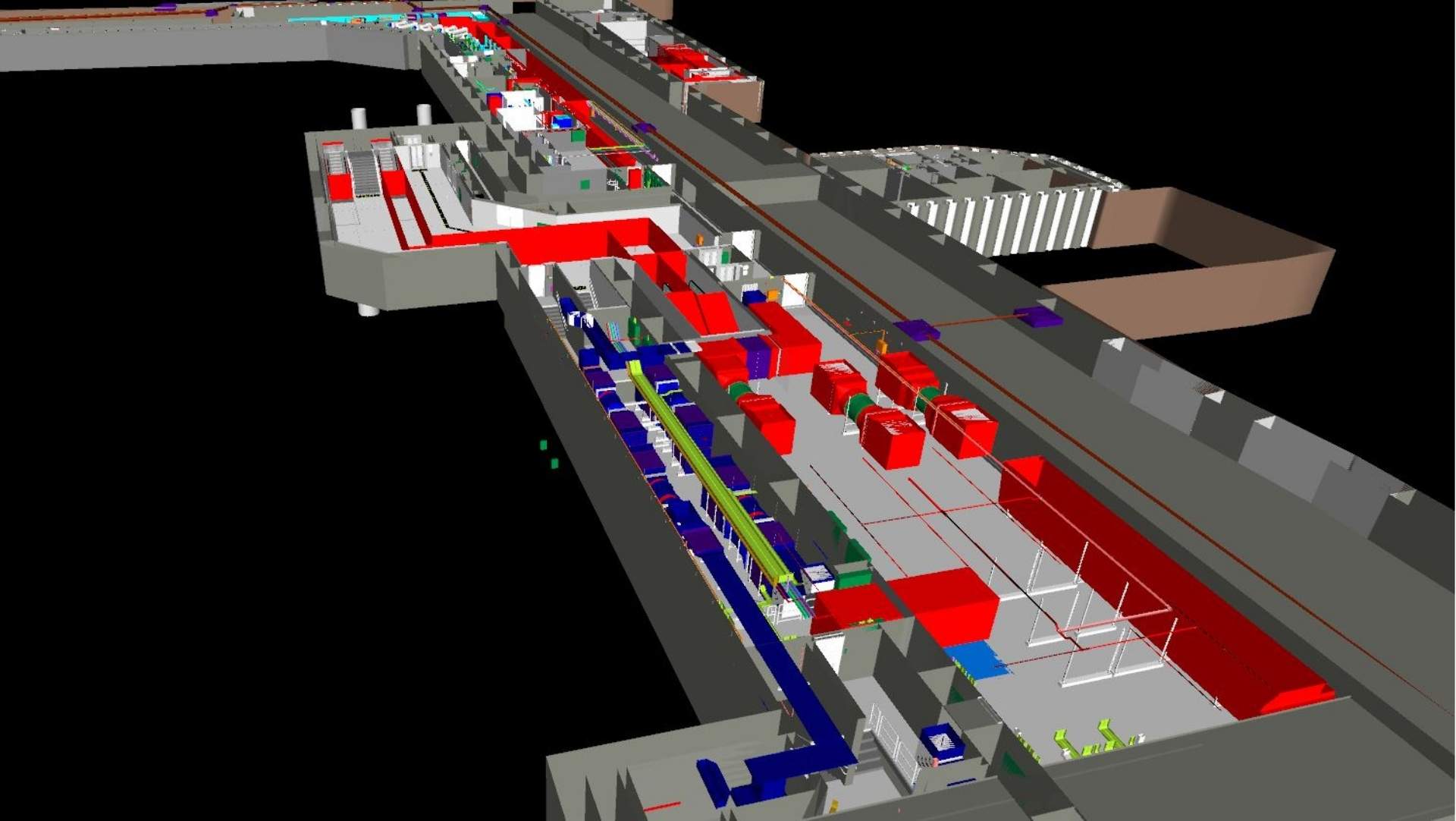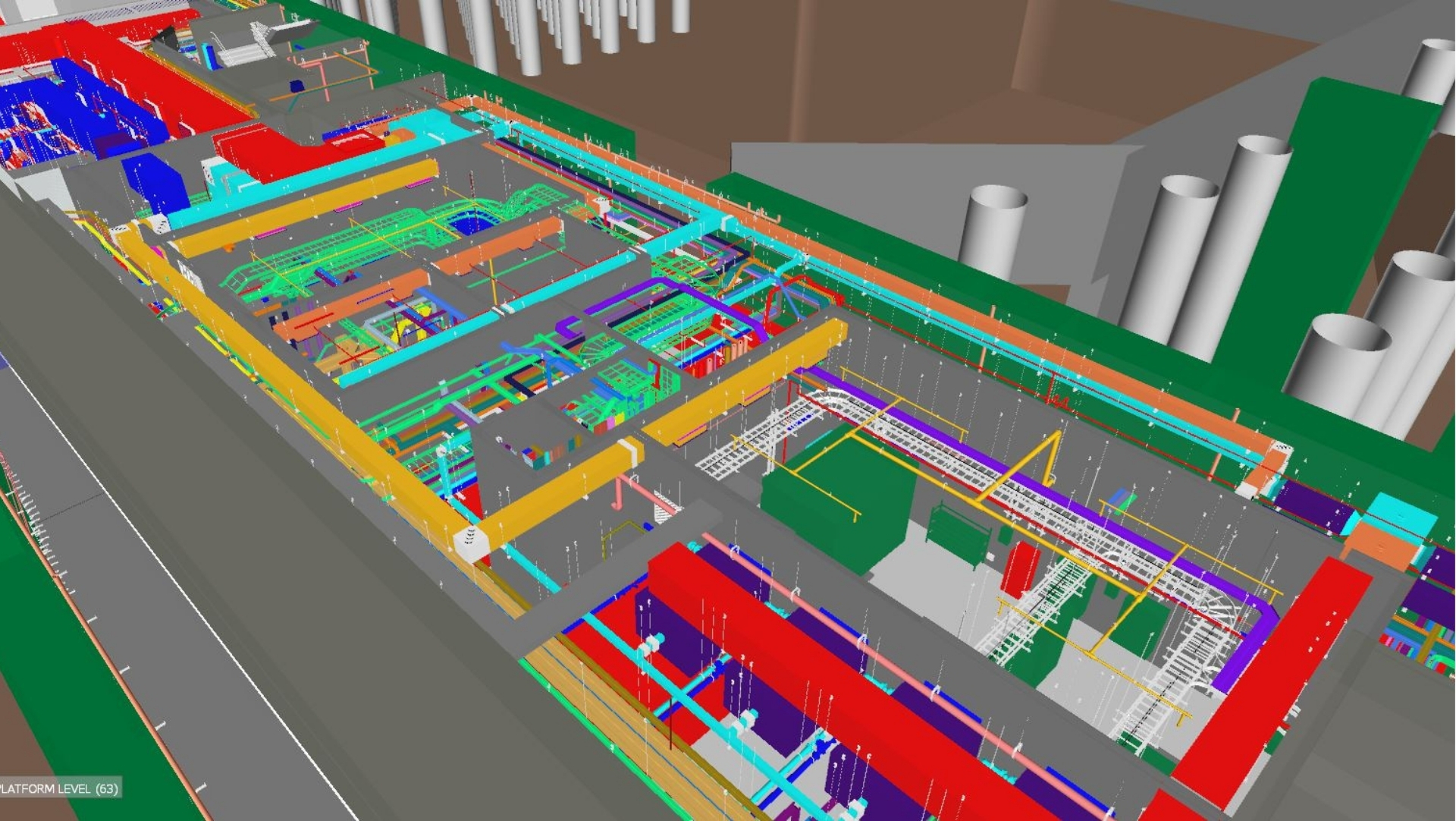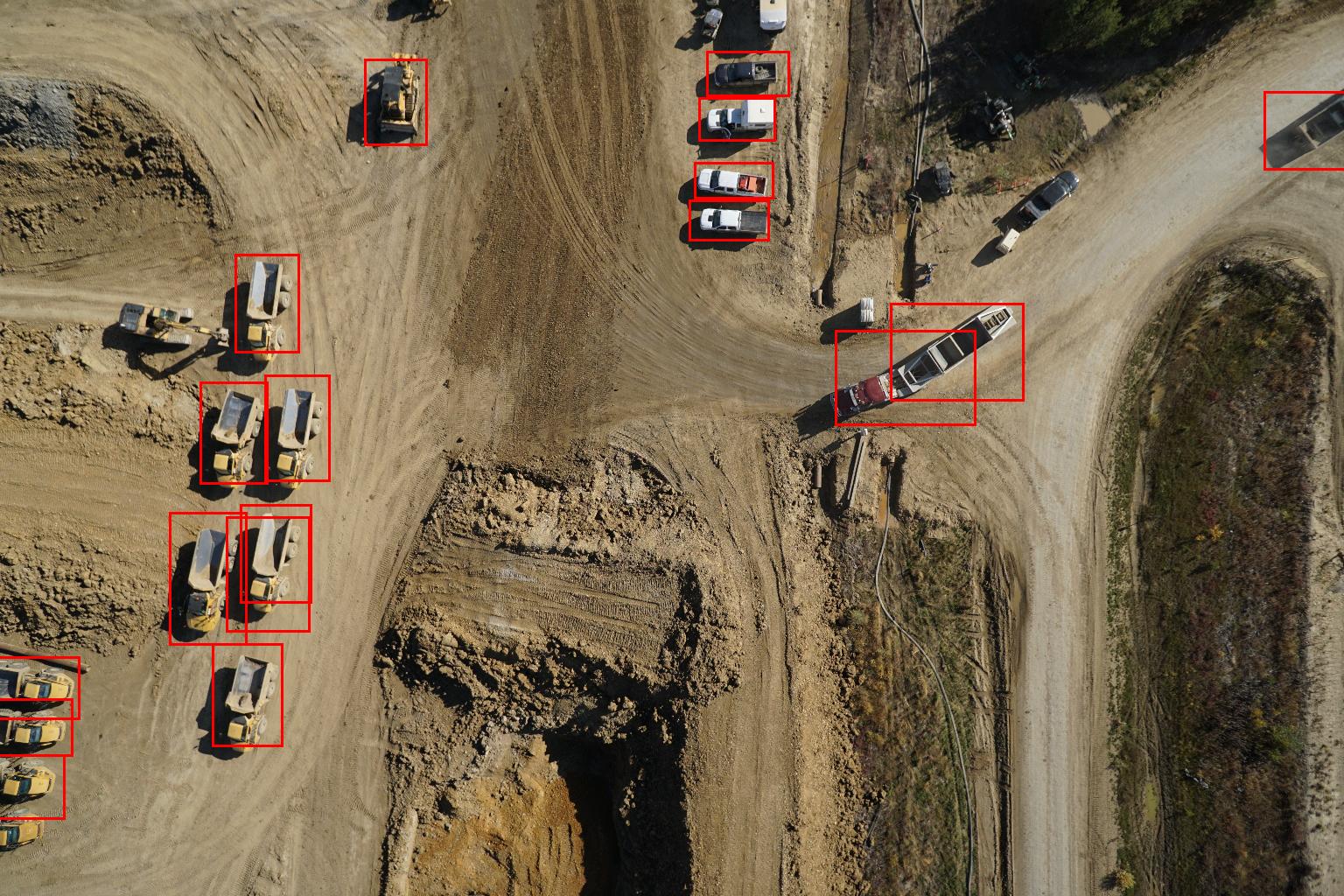The Challenge
A leading global construction engineering design firm was appointed as the Lead Design Consultant for the KVMRT Line-2 Project in Kuala Lumpur, Malaysia a large-scale underground metro development.
The design phase was fast-paced and highly dynamic. Between evolving inputs, tight deadlines, and intricate underground service layouts, the project demanded precise BIM coordination from the very beginning. But there was one big challenge: an acute shortage of BIM technicians in Malaysia with experience in transportation projects.
The client needed a skilled BIM team but building one in-house under pressure was not feasible.
Client’s Initial Hurdles

- Limited local BIM expertise: A shortage of skilled BIM resources for infrastructure projects in Malaysia.
- High workload: Required a fully coordinated LOD 400 BIM model and 1200+ detailed MEP drawings.
- Inefficient manual processes: CSD annotation took 4 hours per sheet, creating a significant bottleneck.
- Tight timeline: Any design delays could disrupt the construction schedule and cause ripple effects.






